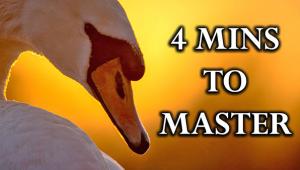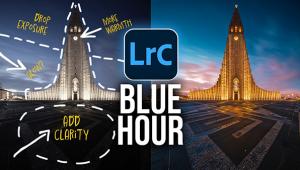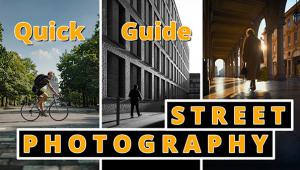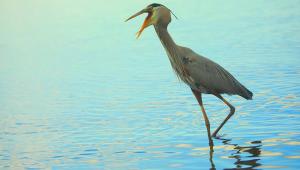Wait Until Dark: Why Night Time is the Right Time for Outdoor Photography
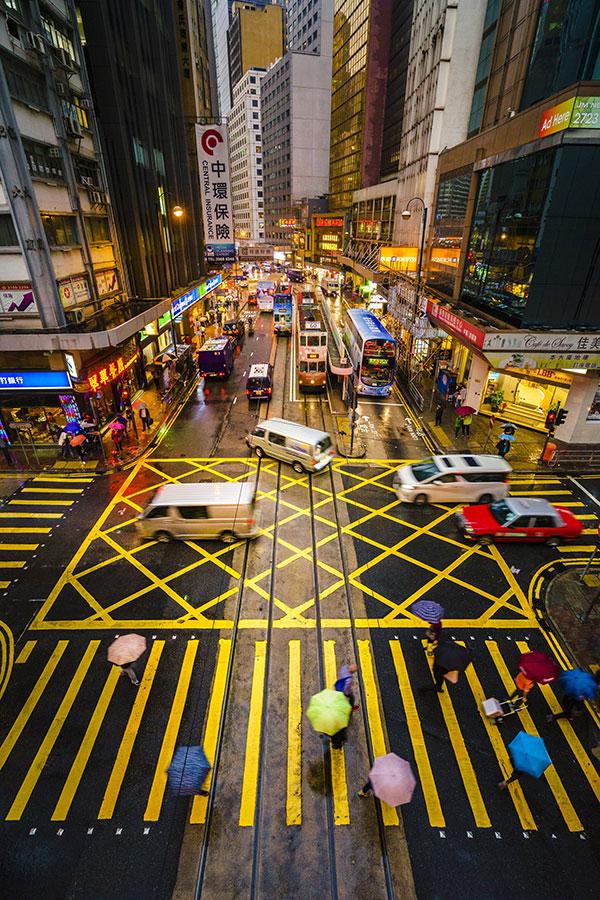
Let’s face it: we’ve all seen, taken, edited, judged, read, or written about so many photographs over so many years, sometimes we get…well, jaded. Then, if we’re lucky, along comes something that delivers a jolting reminder of the surprise and delight photography is capable of delivering.
Night Vision: Magical Photographs of Life After Dark is that something. Recently published by National Geographic Books, the volume’s 200-plus photographs are inspiring and imaginative examples of what’s possible when gifted, determined photographers join the night shift.

Landscape photographers Diane Cook and Len Jenshel wrote the foreword. “We’d done a number of assignments for National Geographic magazine that had a significant number of night pictures in them,” Cook explains, “including a whole project on night gardens—which came from a personal project we’d been working on. We kind of got to be known as the night specialists.”

The foreword quickly establishes their affinity for the magic of the dark. “We talk about magic a lot in our introduction,” Jenshel says. “Our work is always trying to be mysterious, magical, and metaphorical, and with night time you get two of those almost automatically; the magical and the mysterious are so apparent and so tactile. We talk about the challenge in the sense of photographing what you don’t see—in moonlight you don’t see colors, only blacks, silvers, grays, and whites.”

What the challenge yields is often unexpected. “The surprise can be breathtaking—so strange, so weird, and weird and strange are good,” Jenshel says. “We cherish those moments, where after all the work we’ve done for so many years, we’re still startled, still surprised.”
Dark Designs…
Both photographers were quick to emphasize that in the available dark, the key element is still light. “Photographers always respond to light,” Cook says, “and they judge the results by light.”
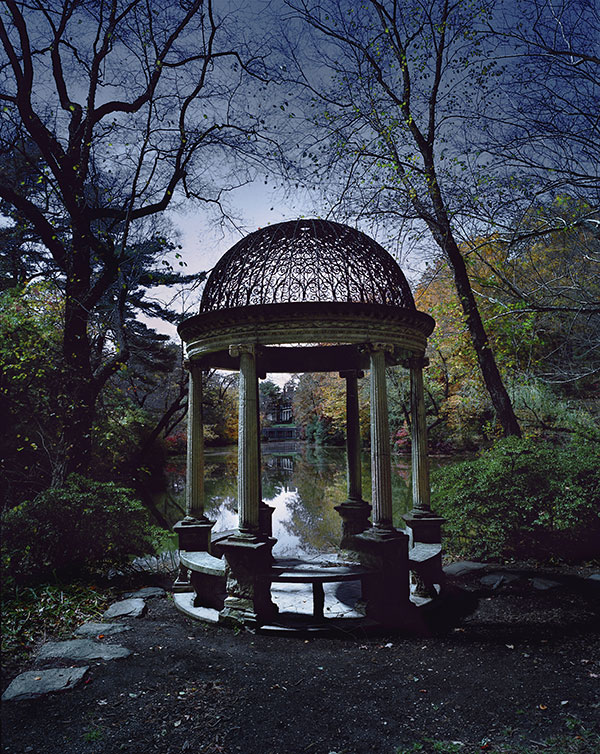
The pictures chosen for the book evidence light that is exceptional and intriguing, and if we’re looking for clues to better night photographs, light is the place to start. “When you go out at night to make pictures you’re looking for an idea or a subject,” Jenshel says, “but you’re still always responding to how the light looks in a picture. Sometimes it’ll be faithful, and sometimes it’ll give you a surprise.”
…and Beyond
Open any page in Night Vision and you’ll see that darkness provides ambiance, background, mood, and mystery. But it’s not enough: your choice of subject for maximum impact is crucial. It’s as important as your photographic expertise, experience, and judgment. If the book communicates anything, it’s that a compelling image starts with subject and light.

When it comes to subjects, Jenshel notes a difference between their fine art images and the photographs they take for editorial assignments. “In the editorial world, the subject may be even more important,” Jenshel says, “and maybe in the fine arts you can get away with a picture being about process.”
While the photographs in Night Vision depict a variety of locations and subjects, and reflect an assortment of techniques and treatments, Jenshel and Cook point out that nearby, accessible locations serve just as well, as does straightforward image-making. One of their photos in the book was taken in Westbury, New York, which is not far from their home. It was a two-hour exposure, on film, by the light of a full moon.
“We knew when there’d be a full moon,” Cook says, “and we got the lake and trees turning autumn colors.”

Better Odds
Digital photography gives photographers the advantage of much more control over the process than film ever offered. “In night photography, you’re still guessing what you’re going to get,” Jenshel says, “but with film you didn’t know for a while whether you guessed right. Now you see [the image] right away on your LCD screen and can make an adjustment. It’s a little too dark, maybe I want it a little lighter; or let me adjust for this color; or make a shutter speed adjustment for a little more blur. You can really work [the image], right there, on the spot.”

“There are so many avenues you can take an image at night and come up with something really beautiful,” Cook adds. “I think the book is very inspiring in a number of ways, but one is certainly the great diversity of what photographers are choosing to photograph at night.”
I can only add that if art shows us the world in a new way, the art of this book captures anew the wonder of photography.
 Night Vision: Magical Photographs of Life After Dark, curated by Susan Tyler Hitchcock, with a foreword by Diane Cook and Len Jenshel, is published by National Geographic Books. Cover image of the Supertree Grove at Gardens by the Bay, Singapore, by Peter Stewart. Diane Cook and Len Jenshel’s website, featuring a selection of images from their fine art projects and editorial assignments, is at cookjenshel.com.
Night Vision: Magical Photographs of Life After Dark, curated by Susan Tyler Hitchcock, with a foreword by Diane Cook and Len Jenshel, is published by National Geographic Books. Cover image of the Supertree Grove at Gardens by the Bay, Singapore, by Peter Stewart. Diane Cook and Len Jenshel’s website, featuring a selection of images from their fine art projects and editorial assignments, is at cookjenshel.com.







